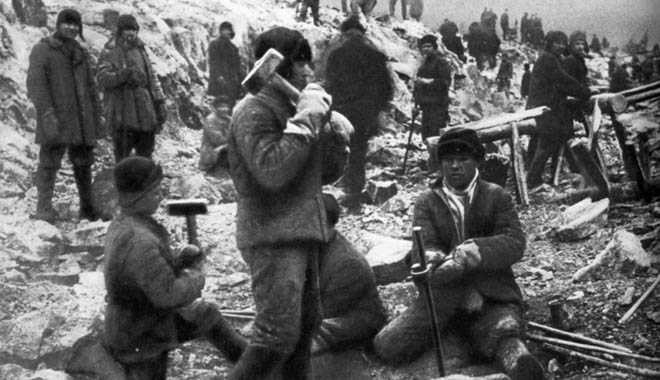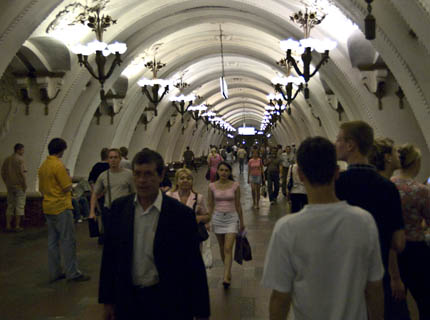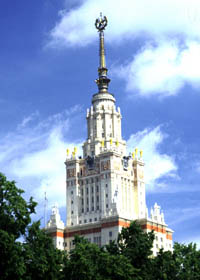|
Storm projects: A special group of labour camps
|
White Sea Canal
The White Sea Canal was the regime's first “storm project” complete with an agenda for a project of national significance. That meant that all available resources should be invested to ensure the project was completed on time whatever the cost. For those in the White Sea Canal project, “unlimited resources” did not mean free access to modern equipment for constructing the canal from Leningrad (now St Petersburg) to the White Sea but rather sending the required number of prisoners to the camps so that the canal could be built with as little technology as possible. Everything was to be done by human hand, and I emphasize “human” because even animals were not used by the prisoners.
The number of dead has been put at half a million but care should be taken with such high figures. Recent research shows that earlier estimates were greatly exaggerated. There is no doubt there were enormous losses. But there is no precise information on exactly how enormous as the archives which could cast more light on the figures are no longer accessible.
Later projects were more useful. The Moscow-Volga Canal and the Volga-Don Canal are both of great importance today. Moscow's university on the Sparrow Hills was useful as were the metro stations which were partly built by prisoners. These projects are often used as an excuse for Stalin's innumerable atrocities as they contributed to industrialising the Soviet Union and arming it to fight against the “fascists” (as the Nazis were often called). It is all far from the truth. The guards' contribution was completely unproductive. They did not achieve anything. The mass executions of engineers and specialists in the 1930s for alleged sabotage of completely unrealistic plans almost pulled the system apart and, combined with the purges in the Red Army, led to the Soviet Union's failure to win a war against Finland at the first attempt. And just imagine how unproductive the hungry prisoners must have been in comparison with free citizens who could have done something useful for their country.
However stupid it may seem, it is sometimes claimed that the Gulag protected the Soviet Union from Nazi Germany. Even President Putin supports this view which can be found in primary school history books for 2008/2009. In contrast to the Yeltsin years, today's petro dollars ensure these books reach schools even in the most remote corners of outer Siberia.
The public contribution
The storm projects were also used for propaganda purposes. For example, as not all the metro stations were built by prisoners, foreign journalists and tourists could see how work was progressing and talk to enthusiastic workers while prisoners were worked to death at neighbouring stations.
Similar techniques were used elsewhere. For example, Dalstroy was the official part of Kolyma which became famous in the Soviet media while Sevvostlag was the camp system in Kolyma. In fact, Sevvostlag had no independence whatsoever but was fully under Dalstroy's control. It was one and the same organisation.
Next: Propaganda


